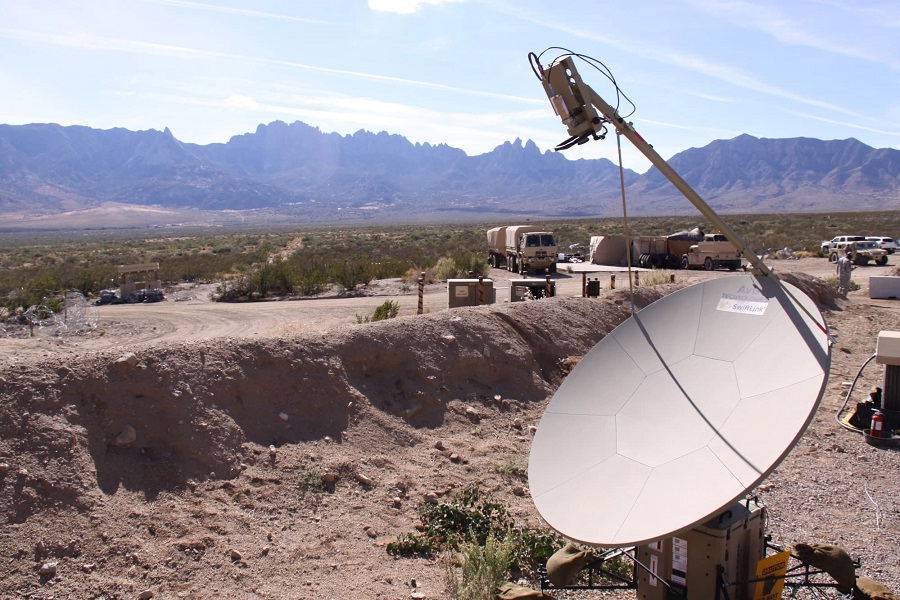The Navy DOTS system is an excellent option for securely transferring files from NIPR to SIPR. It is also air-gapped, which makes it very difficult to steal sensitive information. Moreover, it provides a streamlined application process and screen-sharing capabilities.
You might also like: How to Unblock a CAC Card
You might also like: How to Unblock a Smart Card That Has Been Blocked?
You might also like: How to Renew Military ID?
NIPRNet deals with less sensitive unclassified information, while SIPRNet handles classified data up to the secret level. It is the United States government’s private Internet system, and it uses a different line of communication than the public internet.
NIPR to SIPR Transfer Process
The Secret Internet Protocol Router Network (SIPRNet) is a system of computer networks used by the Department of Defense and the Department of State to share, transmit, and store classified information. It supports email, HTML document access, and file transfer across digital lines without directly interacting with public Internet systems and serves as a classified version of the Internet that most civilians are familiar with.
SIPRNet is maintained and secure by the Defense Information Systems Agency (DISA), part of the U.S. Department of Defense. Its security measures include a rigorous password policy that requires all users to change their password every 150 days, as well as secure devices and software. The system also includes a security clearance process that varies according to the type of job a user has.
The NIPRNet to SIPRNet transfer process is simple and quick. First, log in to the NIPRNet website using your CAC credentials. You can then use the One Way Navy DOTS Transfer to send a file from NIPRNet to SIPRNet. This service is fast, secure, and free.
The DOTS transfer service uses a secured connection to communicate with the Navy’s SIPRNet, which allows for one-way NIPR-to-SIPR transfers. The DOTS system also features screensharing capabilities and a streamlined application process. However, you must be prepared for a 15+ minute wait time.

NIPRNet
The Defense Information Systems Network (DISN) is a system of interconnected computer networks used by the U.S. Department of Defense and the Department of State to transmit classified information up to and including that classified SECRET. It provides services such as hypertext document access and electronic mail, acting as the military’s classified version of the civilian Internet. It also supports the Joint Worldwide Intelligence Communications System (JWICS) used for Top Secret communications. The information that is stored and transmitted on DISN must be accessible by the people who make decisions based on it. Keeping information isolated creates the risk of mishandling it, and an electronic capability with built-in security protocols is needed to transfer this information between domains.
NIPRNet and SIPRNet are two separate networks that allow users to exchange unclassified information with each other. However, the process of transferring files between these networks is complicated and requires special permissions. These restrictions are necessary to protect military personnel’s privacy and ensure sensitive information’s safety.
Despite these restrictions, there are several ways to transfer files between NIPRNet and SIPRNet. One option is to use a third-party file-sharing service, which provides a secure and encrypted link between networks. Another option is to use a virtual private network, which provides more flexibility and control over access to data.
